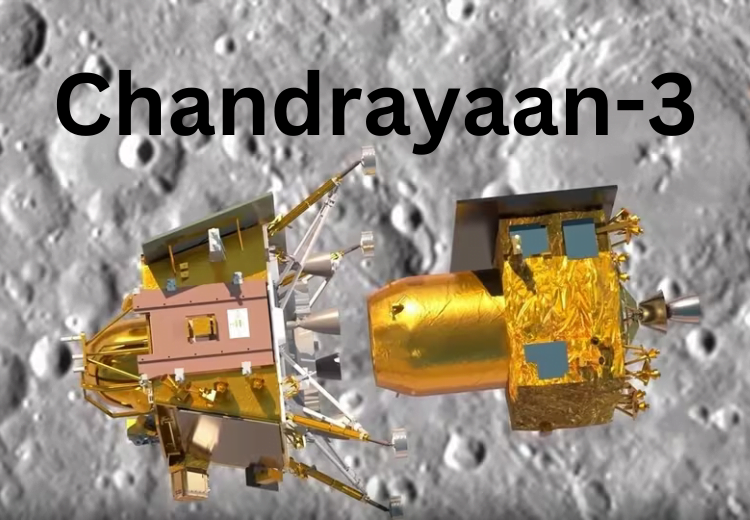
India Makes Historic Landing on Moon's South Pole with Chandrayaan-3 Mission
Moon, 23-08-2023: India has secured its place in space exploration history by successfully landing the Chandrayaan-3 spacecraft on the uncharted lunar South Pole. This achievement, following a previous attempt in 2019, makes India the fourth country to land on the moon and the very first to do so at one of the moon’s poles. The South Pole has gained immense scientific interest due to recent findings of water ice, potentially serving as a future resource for rocket fuel. India’s cost-effective space endeavors, its collaboration with NASA, and plans to send Indian astronauts to the International Space Station highlight its growing prominence in global space geopolitics.
In-Depth Article:
India has etched a significant chapter in the annals of space exploration by successfully landing the Chandrayaan-3 spacecraft on the uncharted and scientifically intriguing lunar South Pole. This achievement, which follows a previous attempt in 2019, not only positions India as a trailblazer in lunar exploration but also emphasizes its growing prominence in global space geopolitics.
A Lunar Milestone: The Chandrayaan-3 spacecraft, which launched just a month ago, made its historic touch down on the lunar surface at approximately 8:34 a.m. ET. India now joins an elite group of nations – Russia, the United States, and China – that have accomplished the feat of landing on the moon. What sets India apart is that it is the first nation to achieve this remarkable feat on one of the moon’s polar regions, specifically the South Pole.
The Significance of the South Pole: The lunar South Pole has emerged as an area of intense scientific interest due to recent discoveries of traces of water ice. This discovery holds profound implications for future lunar exploration. Water on the moon’s South Pole could serve as a vital resource for producing rocket fuel, making it a potential stepping stone for future deep space missions. Wendy Cobb, a professor of strategy and security studies at the U.S. Air Force School of Advanced Air and Space Studies, emphasized the importance of this region, stating that it “can serve as a base for future exploration.”
India’s Steadfastness in Space: India’s journey to this lunar milestone hasn’t been without its challenges. A software failure led to the crash of the Chandrayaan-2 mission during a previous attempt to land at the South Pole in September 2019. However, India’s resolve and commitment to space exploration remained unwavering.
Geopolitical Significance: India’s burgeoning role in space geopolitics is becoming increasingly evident. During a visit from India’s Prime Minister Narendra Modi in June, agreements were signed to join the Artemis Accords and enhance collaboration between India’s space agency, ISRO, and NASA. Plans are in place for the two space agencies to work together to send Indian astronauts to the International Space Station in the coming year.
Cost-Effective Space Endeavors: What’s particularly noteworthy is India’s ability to achieve these milestones with limited resources. ISRO’s annual budget is a fraction of NASA’s, yet it has consistently demonstrated its prowess in space exploration. In 2020, ISRO estimated that the Chandrayaan-3 mission would cost approximately $75 million, a testament to its cost-effective approach to space endeavors.

A Bright Future in Space: With this historic lunar landing, India has not only secured its place among the world’s spacefaring nations but has also positioned itself as a leader in the exploration of the moon’s uncharted regions. Its collaborative efforts with international space agencies, cost-effective missions, and ambitious future plans underscore its commitment to unlocking the mysteries of the cosmos and advancing space exploration for the benefit of all humanity. Pitch Story





